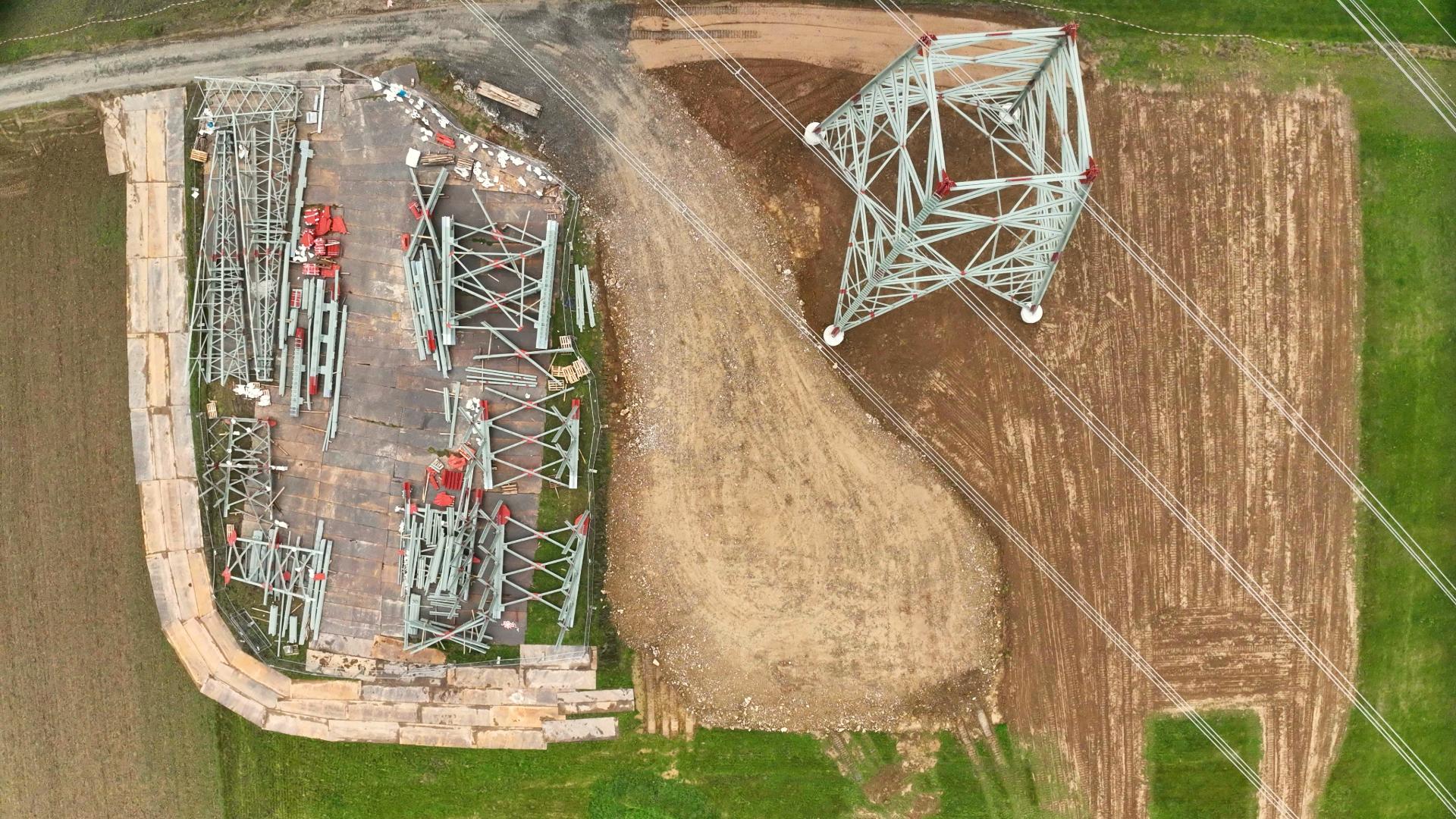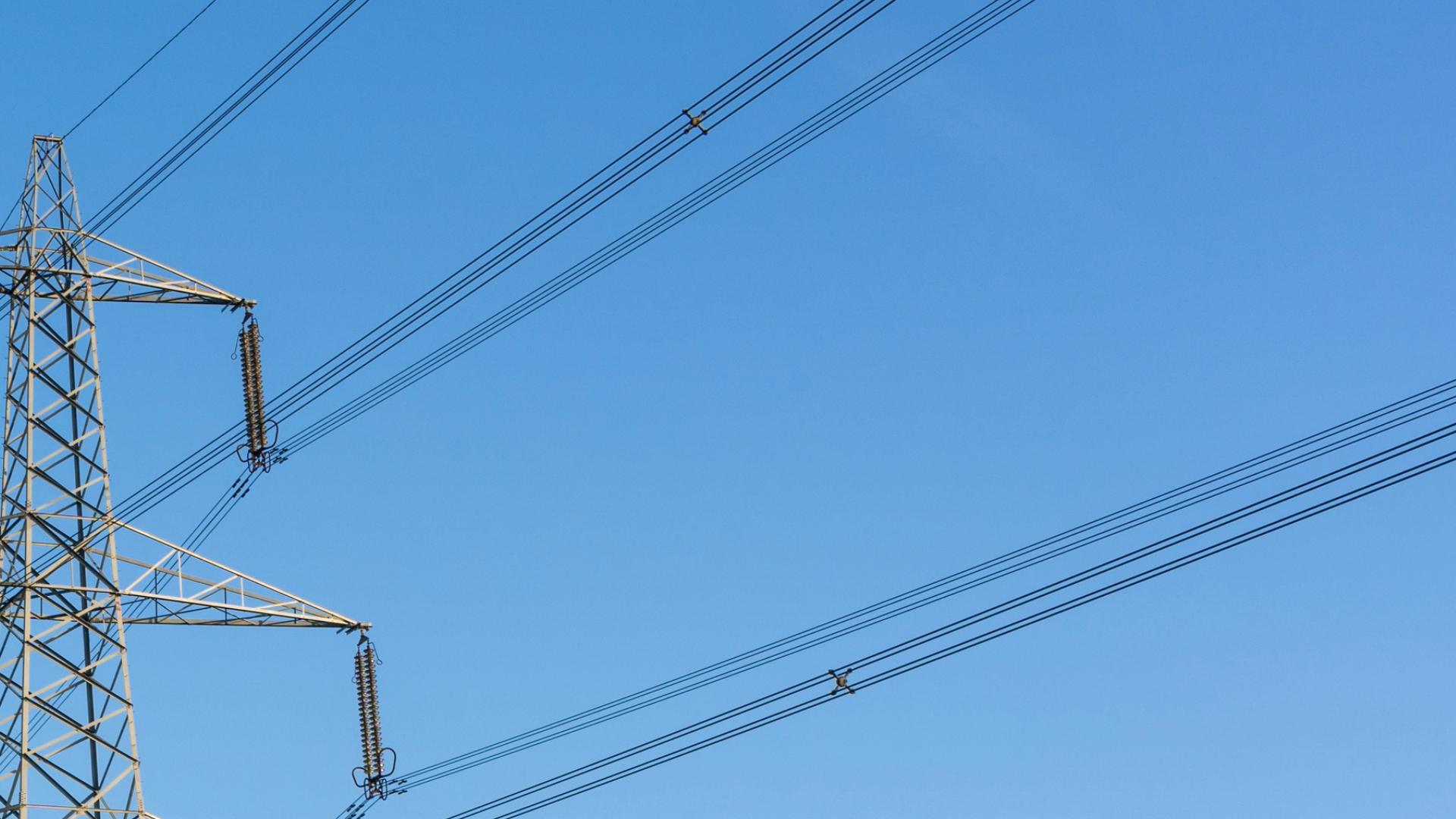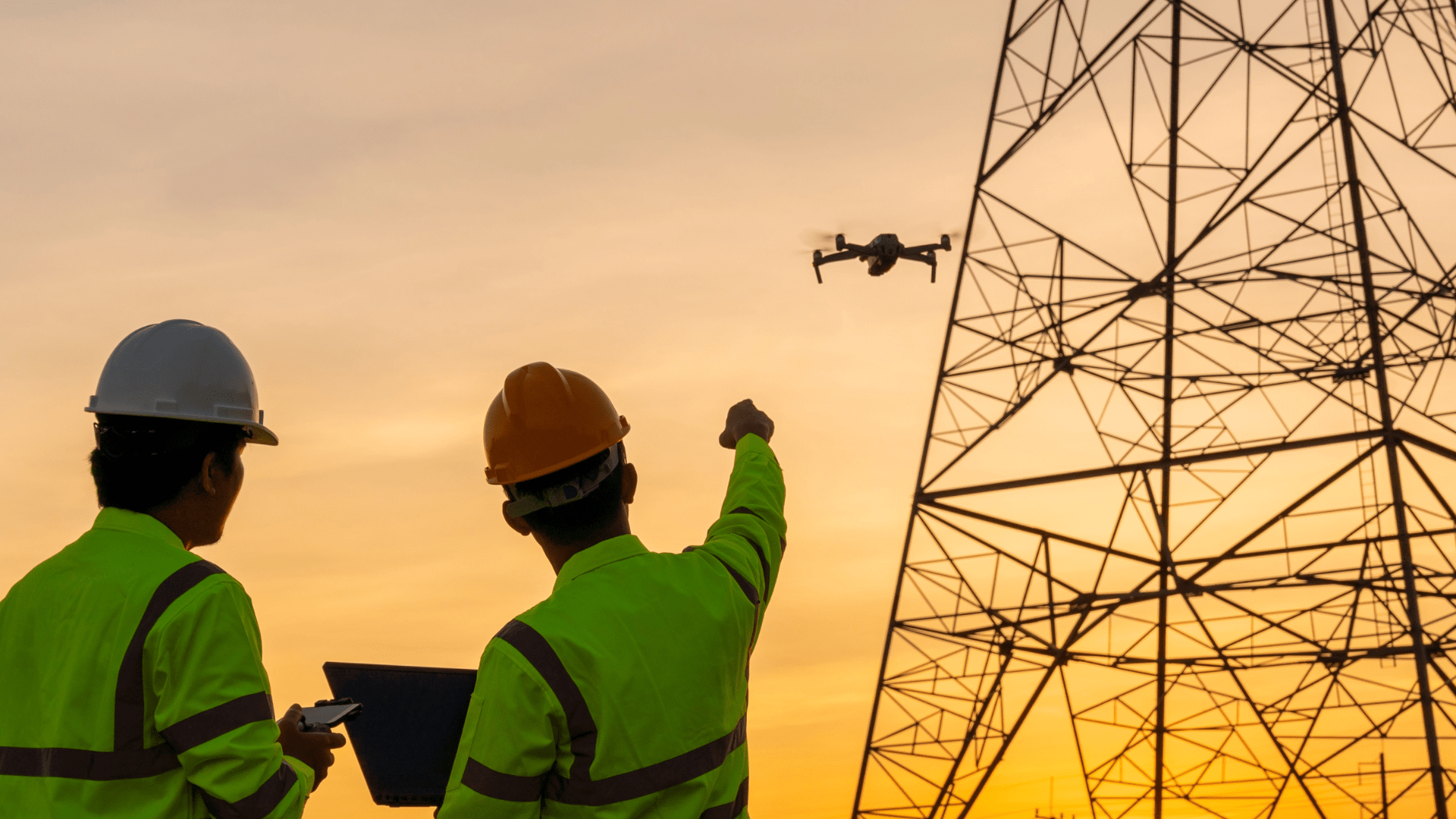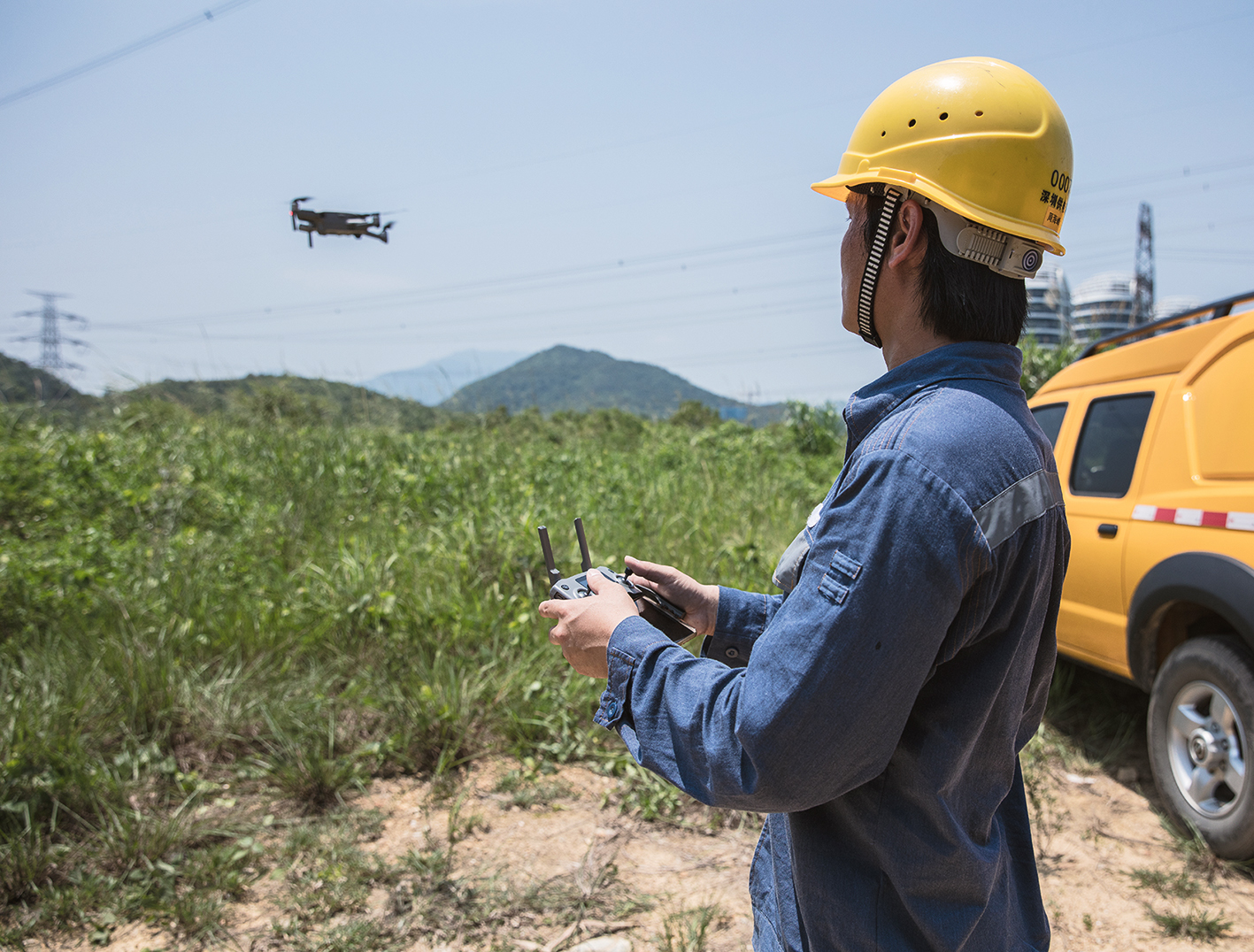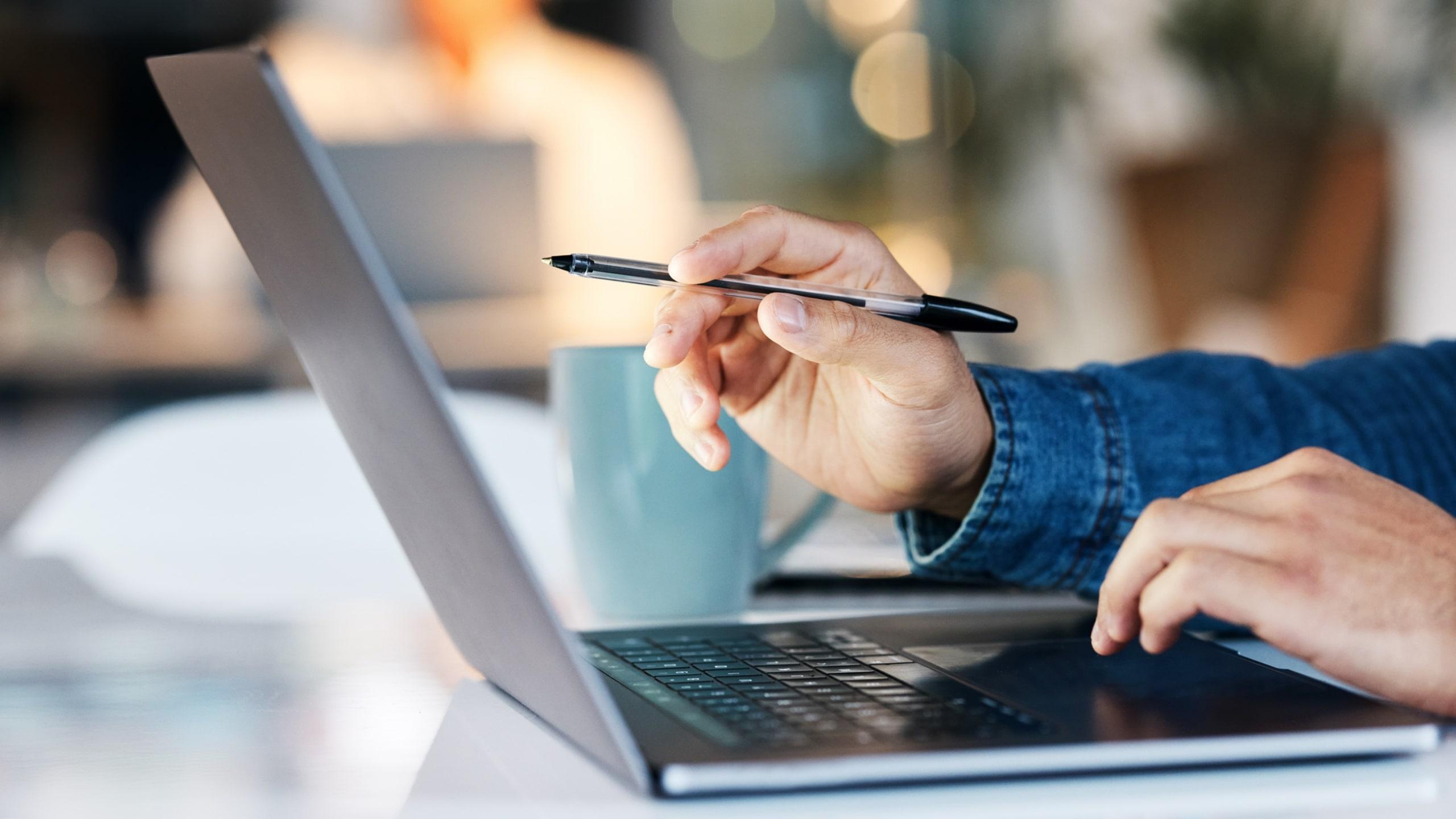Gibt es eine Temperaturuntergrenze für einen Drohnenflug im Winter? Wie wirkt sich Kälte auf die Akkulaufzeit aus und welche Aspekte sollten Sie zusätzlich beachten, wenn ein Drohnenflug im Winter ansteht? FlyNex Drohnenpilot Christian Georgi gibt wertvolle Insider-Tipps.
Wettereinflüsse beachten
Unabhängig von der Jahreszeit sollten sich Pilot/-innen bei der Planung ihres Fluges mit den vorherrschenden Wetterbedingungen auseinandersetzen. Denn Umweltfaktoren wie Kälte, Feuchtigkeit und Wind beeinflussen nicht nur die Flugeigenschaften, sondern auch die Akkuleistung Ihrer Drohne.
Um problemlos fliegen zu können, überprüfen Sie die vom Hersteller angegebene für Ihre Drohne geeignete Betriebstemperatur. Diese kann von Modell zu Modell variieren. Um einen sicheren Flug zu gewährleisten, wird beispielsweise für viele gängige DJI-Drohnenmodelle eine Temperatur zwischen 0 °C und 40 °C empfohlen. Außerhalb dieser Grenzen kann es zu Verformungen des Gehäuses oder der Propeller kommen. Welche Temperatur für Ihre Drohne ideal ist, können Sie im Betriebshandbuch nachlesen.
Auch die Luftfeuchtigkeit spielt bei Ihrem Drohnenflug im Winter eine Rolle. Liegt diese bei 70 – 80 % kann sich Frost auf den Propellern bilden. Genau wie Passagierflugzeuge muss Ihre Drohne vor dem Flug enteist werden, da sich die Flugeigenschaften ansonsten verschlechtern und es im schlimmsten Fall zum Absturz kommen kann.
Akkuleistung im Blick behalten
Niedrige Temperaturen können nicht nur dem Drohnengehäuse schaden, sie haben auch einen negativen Einfluss auf die Akkulaufzeit. Drohnen sind mit Lithium Polymer (LiPo) Akkus ausgestattet, dessen chemische Reaktion sich in der Kälte verlangsamt. Beträgt die Temperatur des Akkus weniger als 15 °C, schaltet dieser in den Notfallmodus und die Drohne lässt sich nicht starten. Sinkt die Temperatur während des Betriebs unter diese Marke, schaltet sich die Drohne ab und kann schnell zum Sicherheitsrisiko für Pilot/-innen und Unbeteiligte werden.
Akkus für Drohnenflug vorbereiten
Für den professionellen Drohnenbetrieb im Winter arbeitet Christian Georgi deshalb mit selbstwärmenden Akkus. Diese erkennen die Außentemperatur und heizen sich automatisch auf die notwendige Betriebstemperatur hoch.
Auch Thermokoffer ausgestattet mit Handwärmern oder Heizelementen eignen sich gut dazu, Akkus zu temperieren.
Wer auf kostengünstigere Alternativen zurückgreifen möchte, kann die Akkus auch dicht am Körper, zum Beispiel in einer Innentasche der Jacke, tragen oder sie beim Transport auf der Sitzheizung des Autos vorwärmen.

Drohne starten und landen auf Lande-Pad
Im Winter kann es oft schwierig sein einen trockenen und ebenen Landeplatz zu finden. Um dennoch ungehindert abheben zu können, ist es sinnvoll ein Lande-Pad zu verwenden. Es verhindert das Aufwirbeln von Schmutz und Schnee, sodass kein Wasser ins Gehäuse der Drohne eindringt. Da die meisten Drohnen nicht wasserfest sind, könnte Spritzwasser schnell das Aus für Ihren winterlichen Drohnenflug bedeuten. Auch aufgewirbelter Sand und Laub können der Drohne schaden und Sensoren verschmutzen.
Grundsätzlich können Sie auch Pappe als improvisierten Landeplatz verwenden. Professionelle Lande-Pads sind jedoch mit optischen Markierungen versehen. Diese ermöglichen das vollautonome Landen Ihrer Drohne.
Drohnenpilot Christian Georgi rät dazu, beim Kauf eines Lande-Pads auf die Größe zu achten. Der Landeplatz sollte einige Zentimeter größer sein als der Durchmesser Ihrer Drohne. Das erleichtert das manuelle Landen.
Auf einen Blick
Wir wünschen Ihnen sichere Flüge.
Ihr FlyNex Team
